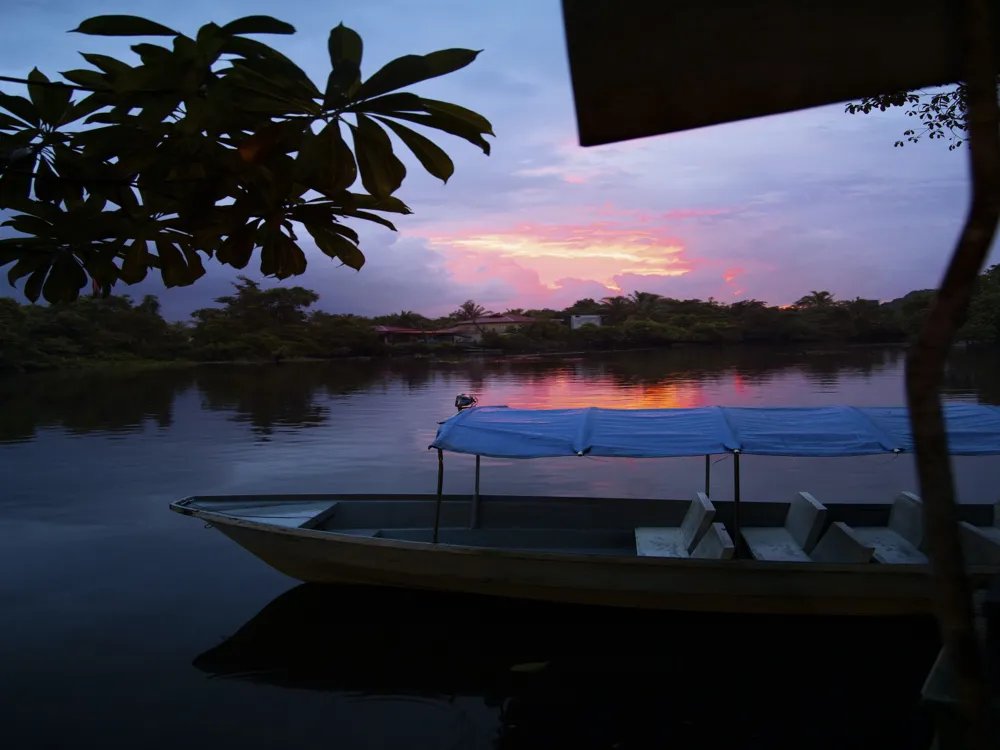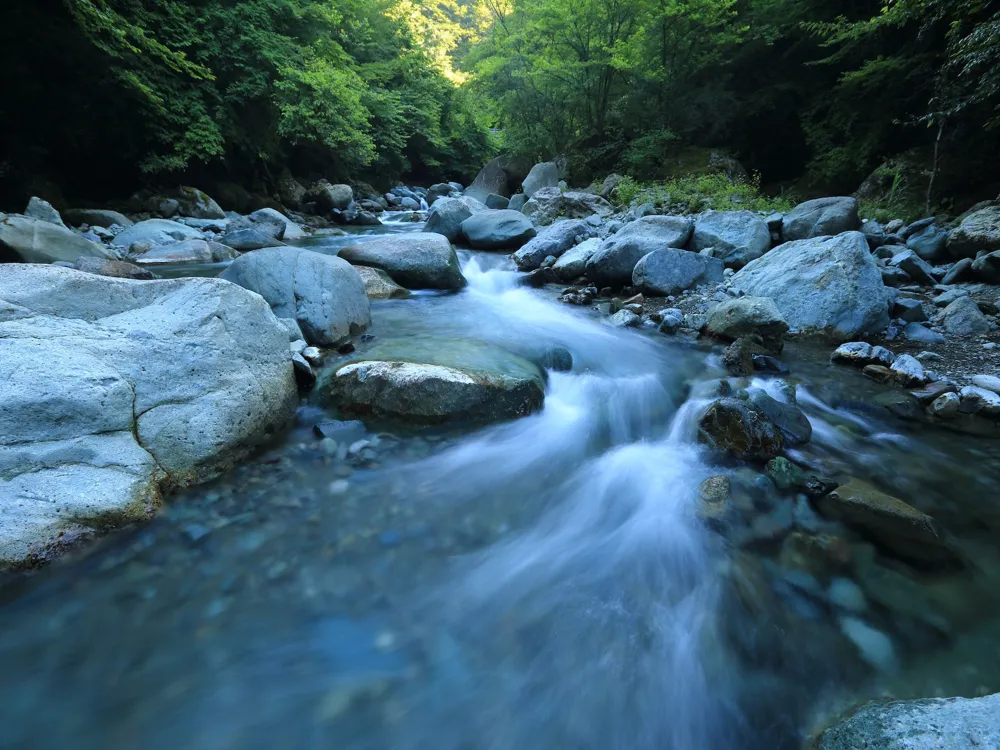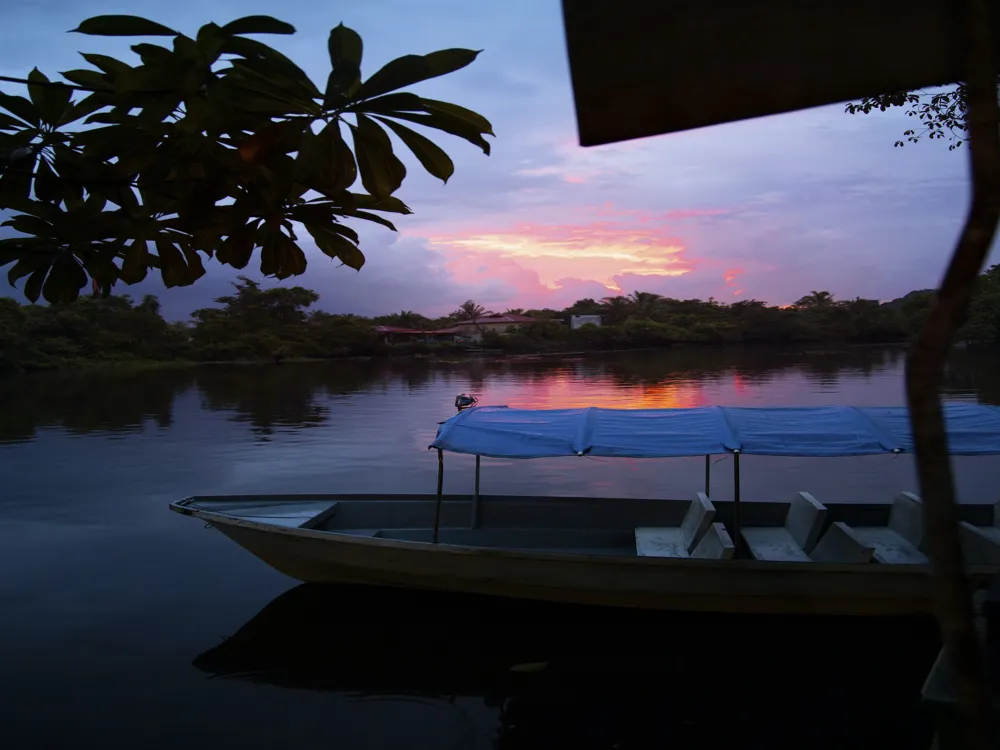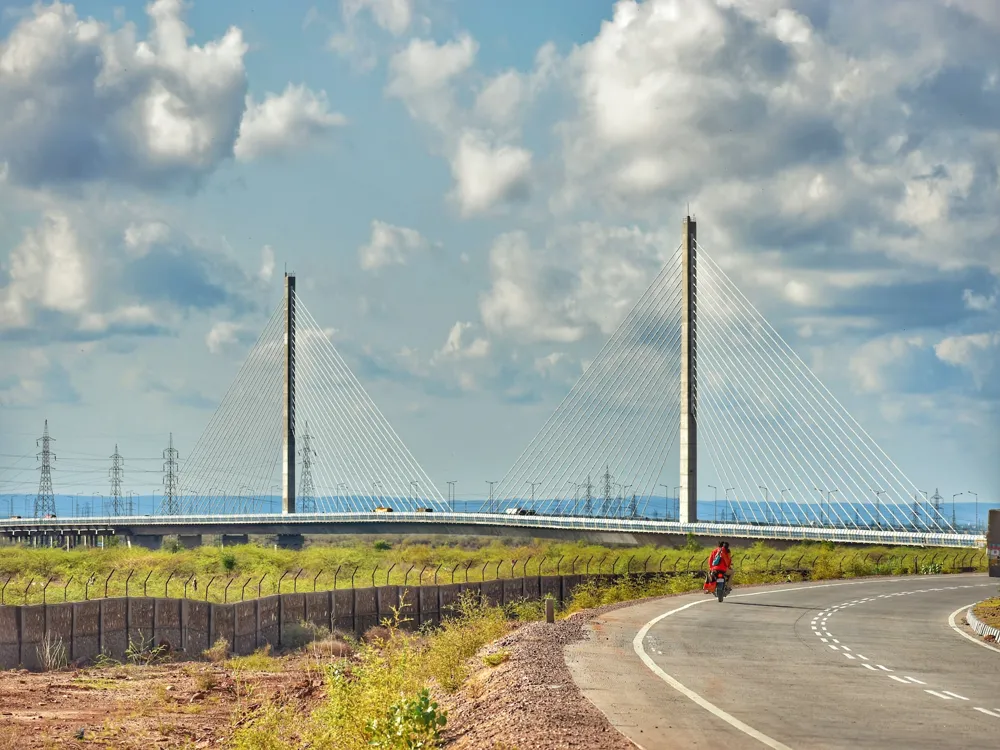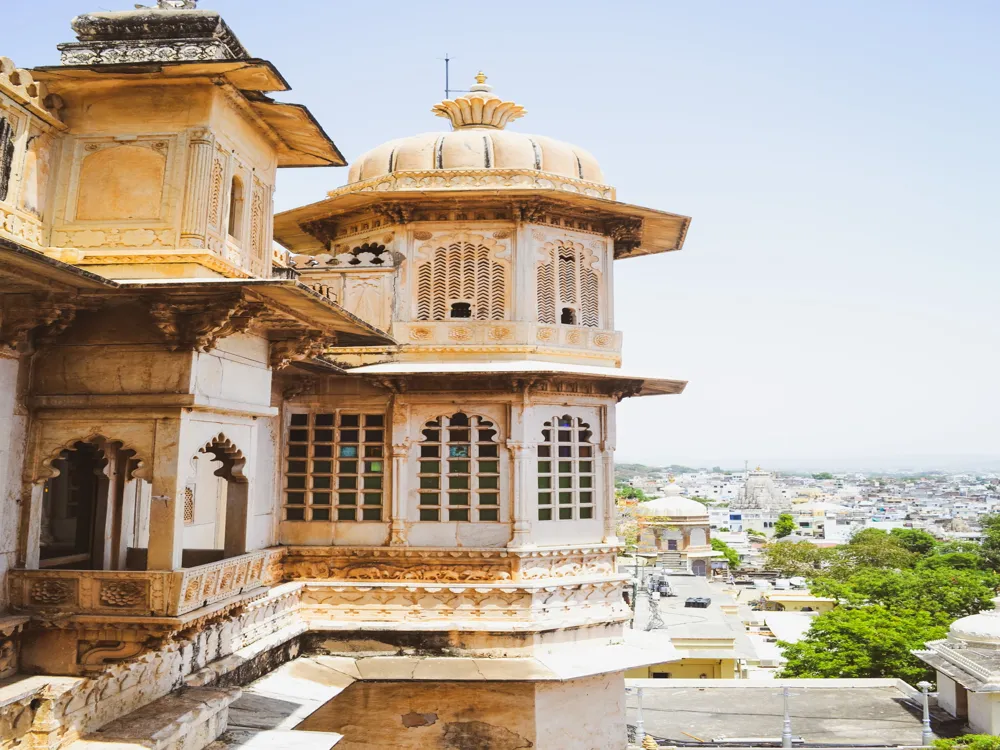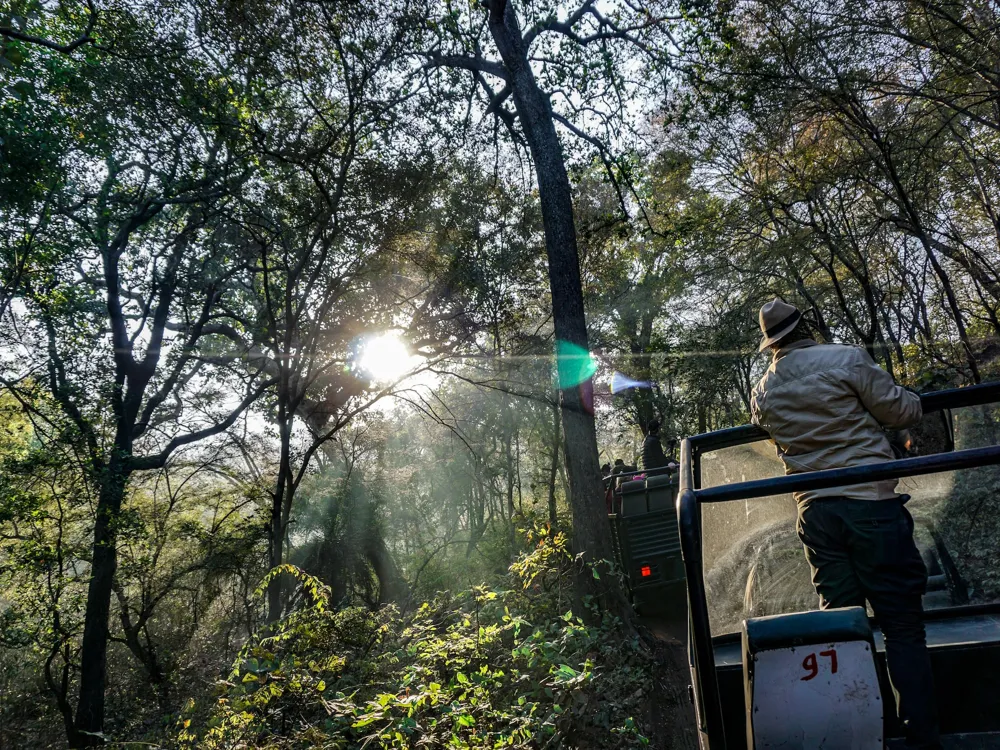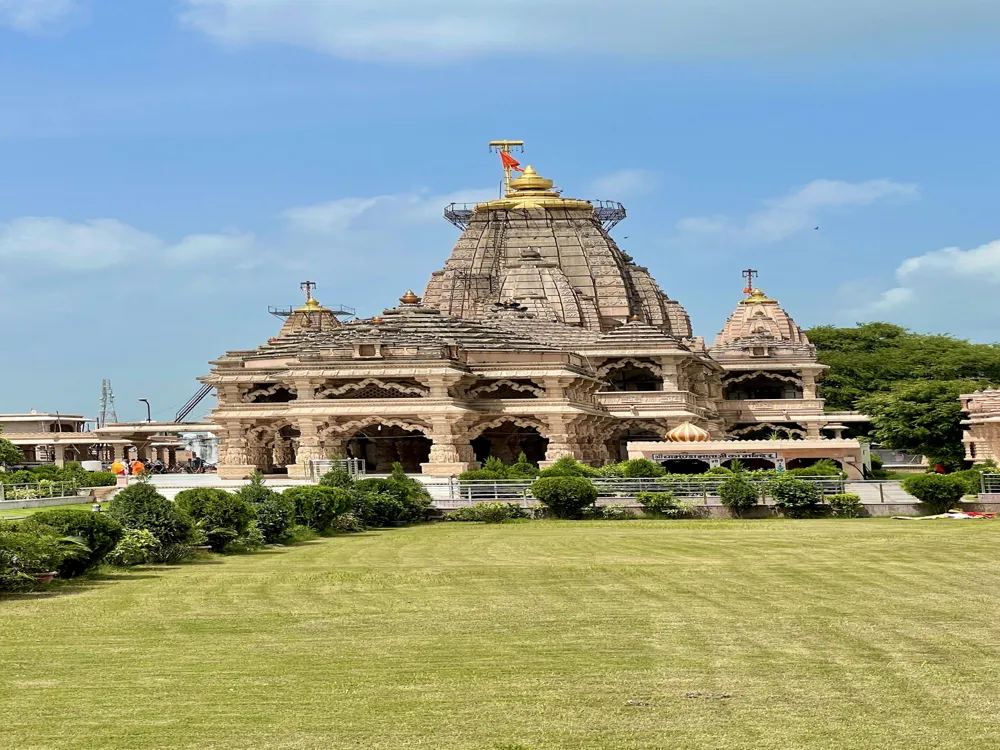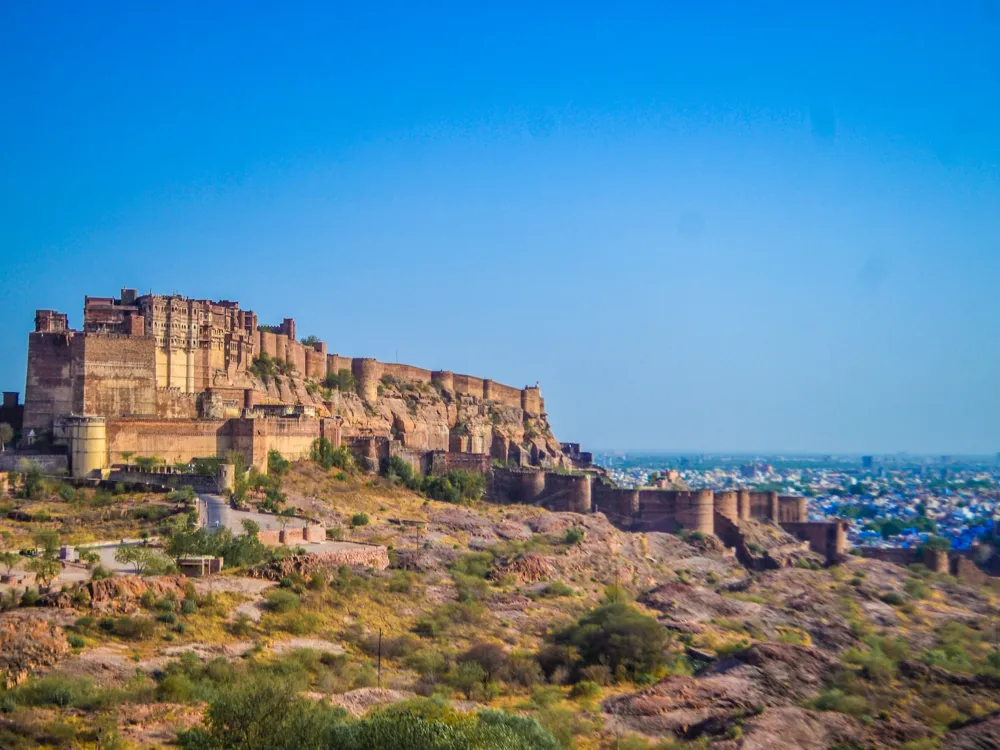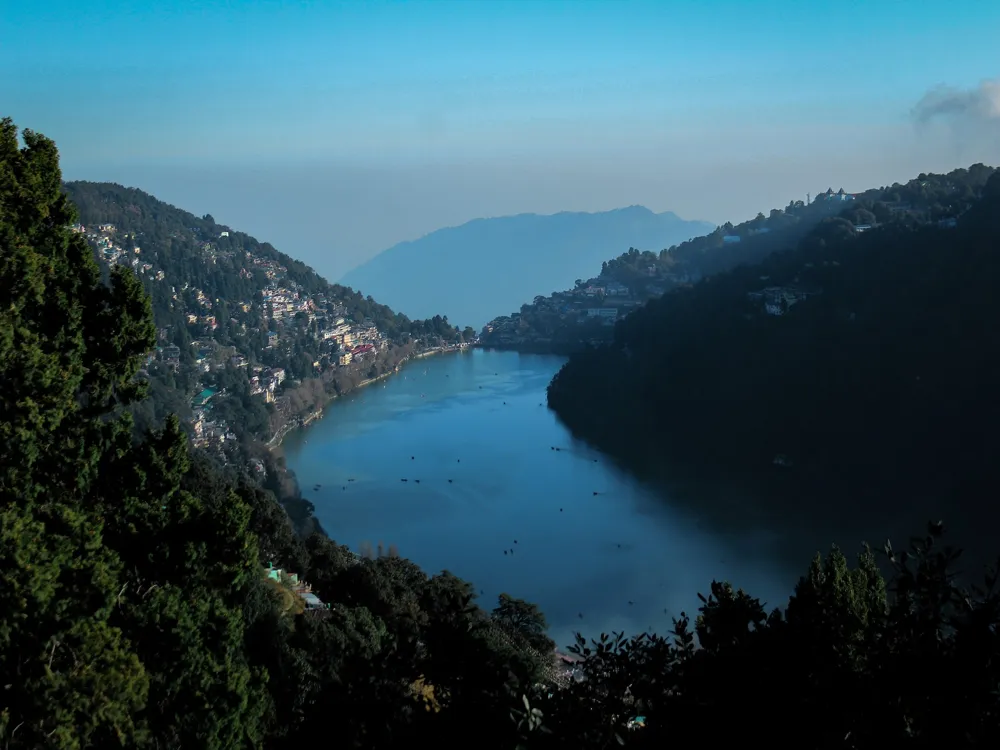Tabin Wildlife Reserve, a haven for nature enthusiasts and wildlife adventurers, is located in the eastern part of Sabah, Malaysia. Sprawling over an area of 122,539 hectares, this reserve is known for its rich biodiversity and is a part of the larger Tabin Wildlife Resort. Established in 1984, Tabin has been a significant natural habitat for a variety of wildlife, particularly those endangered species such as the Bornean Pygmy elephants, Sumatran rhinos, and Tembadau. It is also home to a large number of bird species, making it a paradise for birdwatchers. The landscape of Tabin Wildlife Reserve is a mix of lowland dipterocarp forest and secondary forest, which provides a unique environment for wildlife observation and research. The reserve also plays a critical role in the conservation efforts for endangered species, offering them a protected environment to thrive. Visitors to Tabin can enjoy a range of activities such as jungle treks, night safaris, bird watching, and visiting the Lipad mud volcano, which is a mineral-rich area frequented by wildlife. The reserve's unique ecological significance lies in its role as a water catchment area. The three river systems that flow through Tabin - the Lipad, Tabin, and Segama rivers - are vital sources of fresh water for both the wildlife and the surrounding communities. This natural resource is essential for maintaining the ecological balance of the area. Tabin Wildlife Reserve is not only a vital conservation area but also an excellent location for eco-tourism. The combination of rich biodiversity, unique landscapes, and the opportunity to observe wildlife in their natural habitat makes Tabin a must-visit destination for nature lovers and eco-tourists worldwide. The architecture of Tabin Wildlife Reserve is a harmonious blend of environmental conservation principles and local architectural styles, reflecting the ethos of sustainable development. The structures within the reserve are designed with the utmost respect for the natural surroundings, ensuring minimal ecological impact. The use of local materials in construction, such as bamboo, wood, and leaves, not only reduces the carbon footprint but also helps in blending the structures seamlessly with the forest environment. The main reception area of the reserve, along with the visitor center, is constructed to provide an immersive experience into the rainforest environment. Large, open spaces, ample use of natural light, and traditional Sabah designs create a welcoming and educational space for visitors. The layout of the visitor center is planned to provide easy access to various exhibits and information centers, which educate visitors about the wildlife and ecosystems of Tabin. Accommodation facilities in Tabin Wildlife Reserve range from rustic jungle lodges to more luxurious chalets. These lodges are strategically located to offer spectacular views of the surrounding rainforest and wildlife, with an emphasis on eco-friendly operations. Features like rainwater harvesting, solar-powered lighting, and waste recycling are commonplace, showcasing the commitment to sustainability. One of the architectural highlights of Tabin Wildlife Reserve is the canopy walkway. This elevated walkway allows visitors to experience the rainforest from a unique vantage point, witnessing the richness of the forest canopy. The design and construction of the walkway are done with great care to ensure safety and to minimize disturbance to the natural environment. In summary, the architecture of Tabin Wildlife Reserve is a testament to the balance between human needs and environmental preservation. It not only provides functional and comfortable facilities for visitors but also educates and inspires them about the importance of conserving our natural heritage. Ensure you are well-prepared for the jungle environment. Pack light, breathable clothing, sturdy hiking shoes, and rain gear. Don't forget essentials like a water bottle, sunscreen, insect repellent, and a hat. A pair of binoculars and a camera can enhance your wildlife watching experience. Consider joining guided tours for a more informative experience. Guides can provide insights into the wildlife and plant species you encounter. Activities like night safaris, bird watching, and treks to the Lipad mud volcano are highly recommended for a comprehensive experience of Tabin. Always maintain a respectful distance from wildlife and follow the guidelines provided by your guides. Feeding or disturbing the animals is strictly prohibited. Stay on designated paths to minimize your impact on the natural environment. Adhere to safety instructions, especially during treks and excursions. Stay hydrated, use insect repellent, and be mindful of your surroundings. In case of emergencies, always have a plan and know the location of first aid stations and contact points. Tabin Wildlife Reserve is accessible from Kota Kinabalu, the capital city of Sabah. The most common way to reach Tabin is by road, which takes about 7 hours. Visitors can rent a car or take a coach to Lahad Datu, followed by a 1.5-hour drive to the reserve. Alternatively, for a quicker route, one can fly from Kota Kinabalu to Lahad Datu, which takes about an hour. Upon arrival at Lahad Datu, arrangements can be made for a transfer to Tabin Wildlife Reserve. Read More:Overview of Tabin Wildlife Reserve, Kota Kinabalu, Sabah
Architecture of Tabin Wildlife Reserve
Tips When Visiting Tabin Wildlife Reserve
Preparation and What to Bring
Guided Tours and Activities
Respecting Wildlife and Nature
Staying Safe
How To Reach Tabin Wildlife Reserve
Tabin Wildlife Reserve
Kota Kinabalu
Sabah
NaN onwards
View kota-kinabalu Packages
Kota-kinabalu Travel Packages
View All Packages For Kota-kinabalu
Top Hotel Collections for Kota-kinabalu

Private Pool

Luxury Hotels

5-Star Hotels

Pet Friendly
Top Hotels Near Kota-kinabalu
Other Top Ranking Places In Kota-kinabalu
View All Places To Visit In kota-kinabalu
View kota-kinabalu Packages
Kota-kinabalu Travel Packages
View All Packages For Kota-kinabalu
Top Hotel Collections for Kota-kinabalu

Private Pool

Luxury Hotels

5-Star Hotels

Pet Friendly








